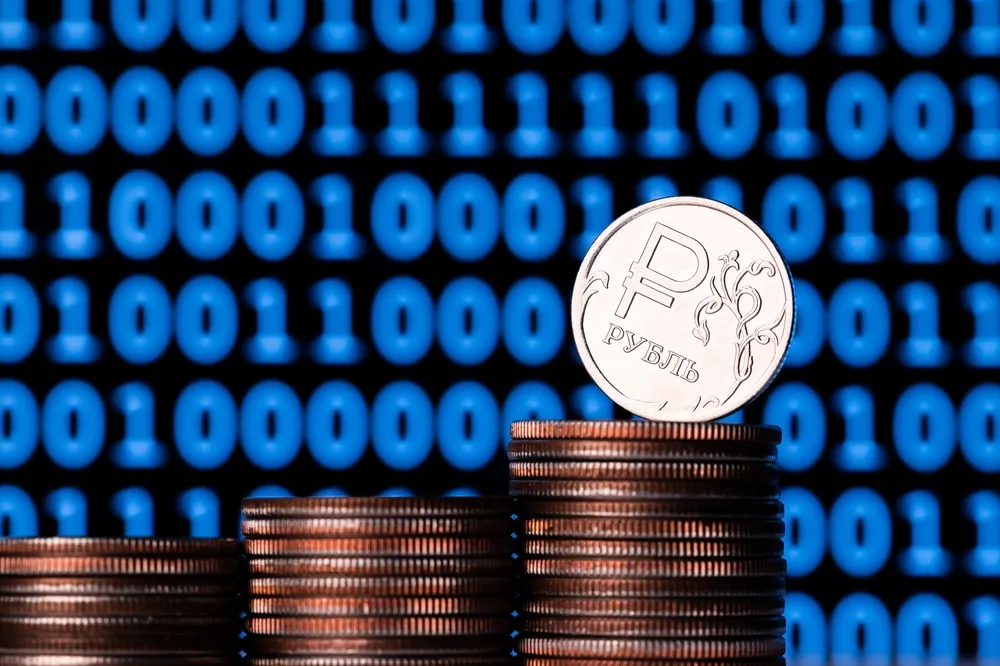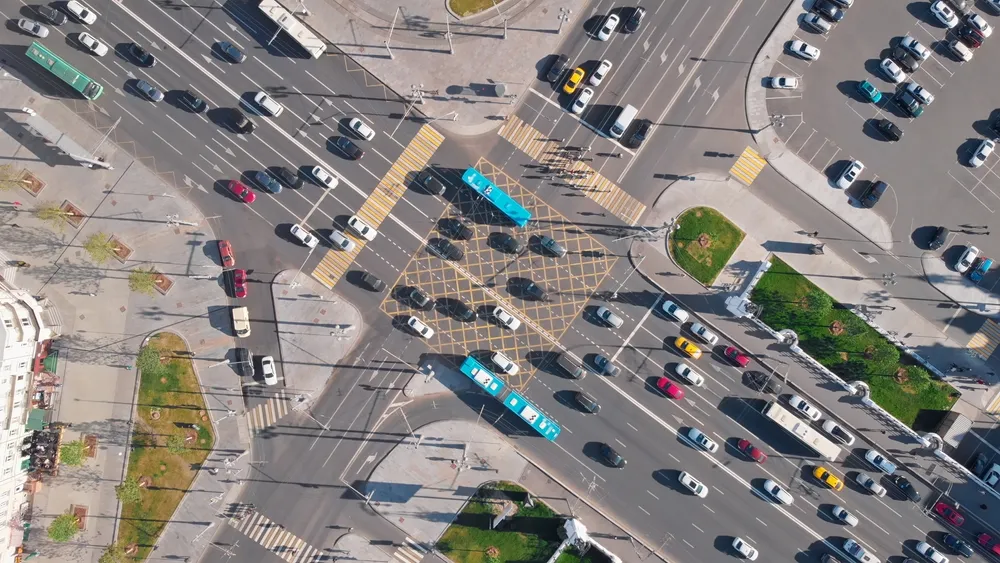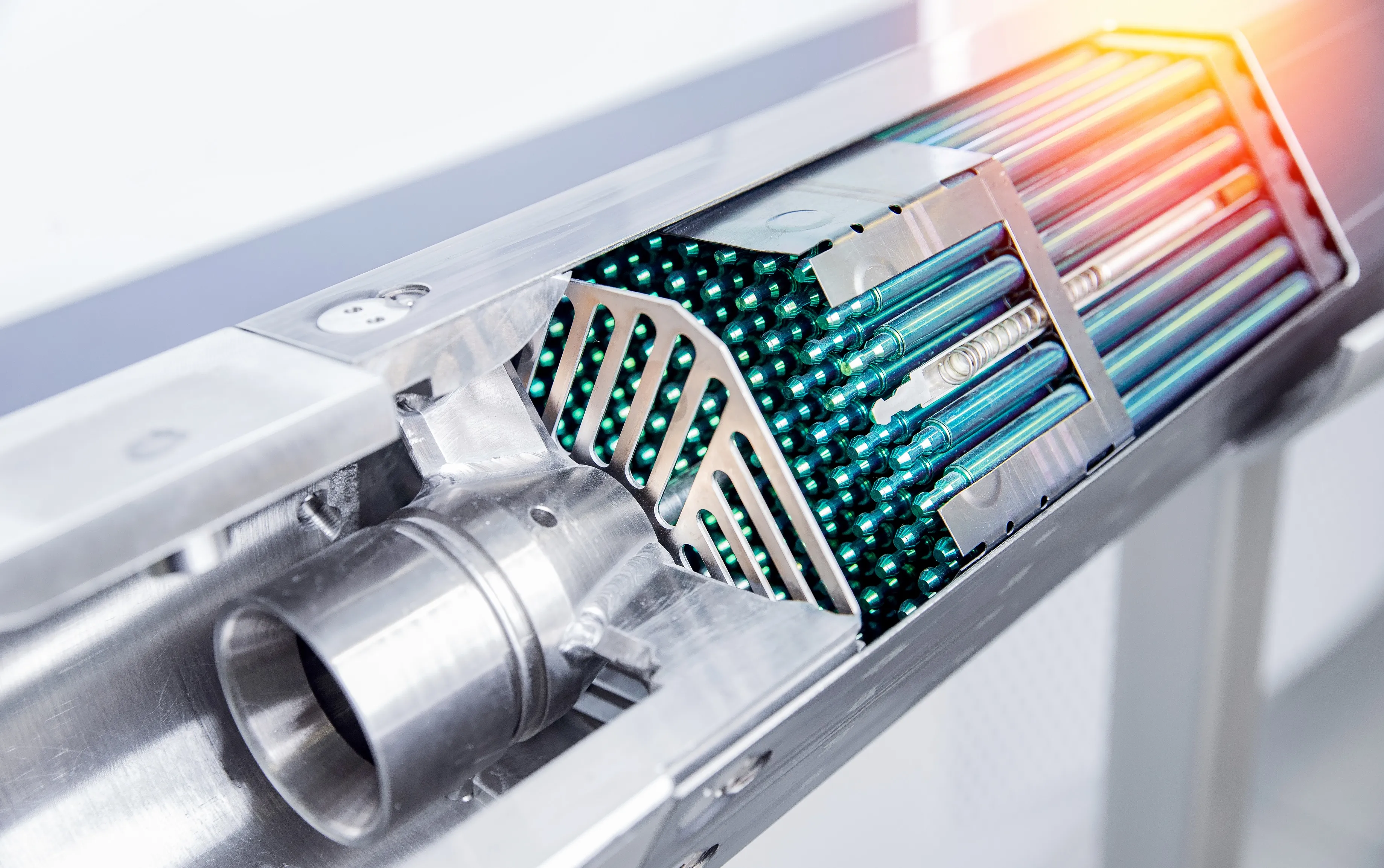Russia Says Its Digital Ruble Is Cyber-Resilient by Design

Each token is a unique, traceable asset backed by a national-grade blockchain.
Russia’s rollout of its digital ruble is inching closer—and officials are doubling down on the currency’s cybersecurity credentials. According to financial analyst Anastasia Naisheva from AVI Capital, the Central Bank’s digital currency system is designed from the ground up to be resilient against cyberthreats.
“Each unit of currency is essentially a token with a personal identifier,” Naisheva told RT. “There’s a full security stack behind every kopeck.”
Unlike traditional cashless payments that live in commercial bank accounts, the digital ruble will be stored in special e-wallets managed directly by the Central Bank of Russia. Every transaction is processed through a state-grade secure platform, with blockchain at its core—allowing full traceability of the sender, receiver, and origin of funds.
Any attempt at unauthorized tampering is logged as a permanent digital footprint, thanks to the immutable nature of blockchain architecture. The result, Naisheva says, is one of the most secure payment infrastructures in the country.
The digital ruble is expected to enter widespread use on September 1, 2026, with full deployment planned by 2028. To make adoption seamless, stores will offer universal QR codes that allow users to pay for goods and services using the new currency.
While some critics remain skeptical of centralized digital money, Russia is betting big on state-controlled fintech—and it’s wrapping that bet in cryptographic armor.









































